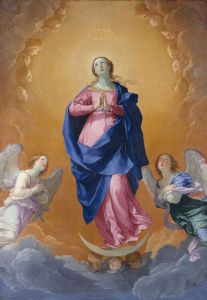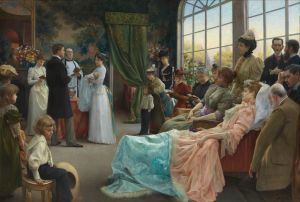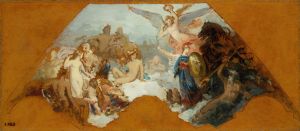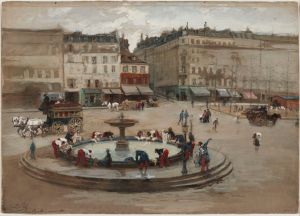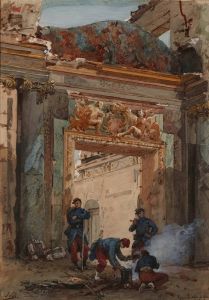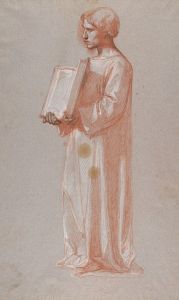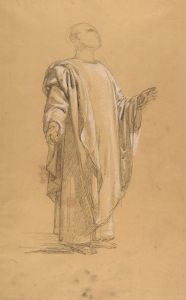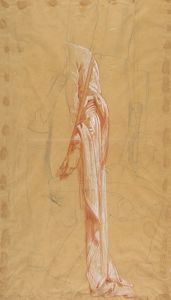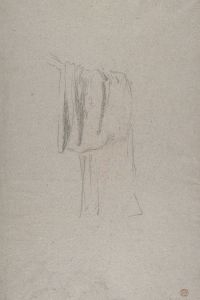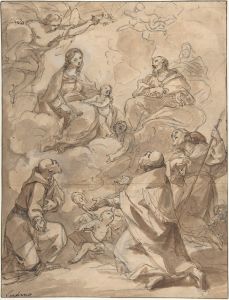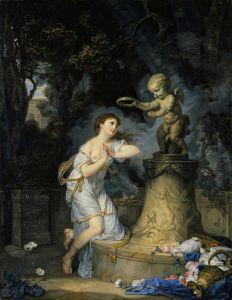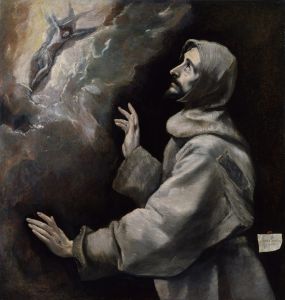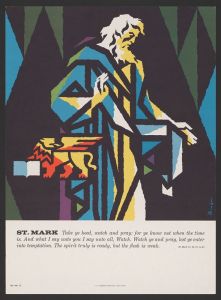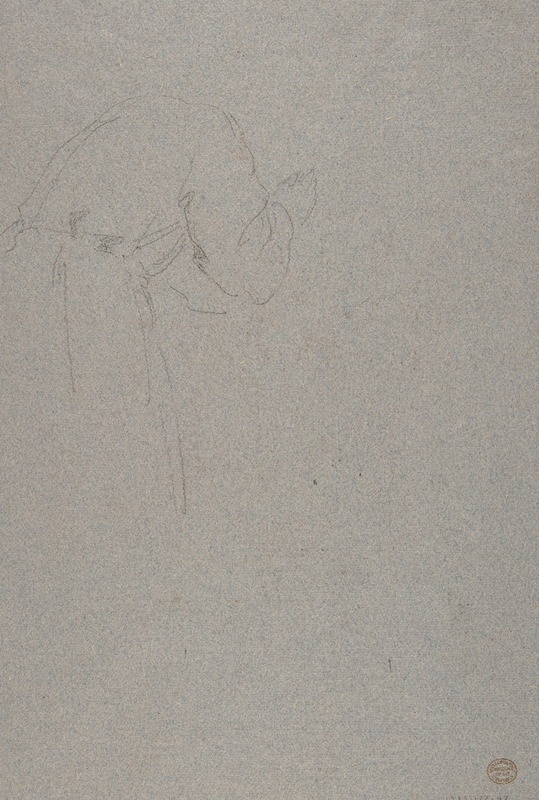
Cleric with Joined Hands
A hand-painted replica of Isidore Pils’s masterpiece Cleric with Joined Hands, meticulously crafted by professional artists to capture the true essence of the original. Each piece is created with museum-quality canvas and rare mineral pigments, carefully painted by experienced artists with delicate brushstrokes and rich, layered colors to perfectly recreate the texture of the original artwork. Unlike machine-printed reproductions, this hand-painted version brings the painting to life, infused with the artist’s emotions and skill in every stroke. Whether for personal collection or home decoration, it instantly elevates the artistic atmosphere of any space.
Isidore Pils was a prominent 19th-century French painter known for his historical and religious works. One of his notable paintings is "Cleric with Joined Hands," which exemplifies his skill in capturing religious themes with emotional depth and technical precision. Pils was born in Paris in 1813 and studied at the École des Beaux-Arts under the tutelage of François-Édouard Picot. He gained recognition for his ability to convey narrative and emotion through his paintings, often focusing on themes of devotion and piety.
"Cleric with Joined Hands" is a testament to Pils' ability to depict religious figures with a sense of reverence and introspection. The painting portrays a cleric, possibly a priest or monk, in a moment of prayer or contemplation. The figure is depicted with hands joined in a gesture of devotion, a common motif in religious art that signifies prayer, supplication, or thanksgiving. The cleric's expression is serene and focused, suggesting a deep spiritual connection and inner peace.
Pils' use of light and shadow in the painting enhances the contemplative mood. The lighting is soft and subtle, drawing attention to the cleric's face and hands, which are the focal points of the composition. This technique not only highlights the figure's expression but also creates a sense of intimacy and immediacy, inviting the viewer to share in the cleric's moment of devotion.
The background of the painting is understated, allowing the viewer to focus entirely on the cleric. This simplicity is characteristic of Pils' style, where the emphasis is placed on the human figure and the emotions conveyed through their posture and expression. The muted color palette further contributes to the painting's solemn and reflective atmosphere.
Pils' work often reflects the religious and cultural context of 19th-century France, a period marked by a resurgence of interest in religious art and themes. His paintings were well-received by both the public and critics, earning him several prestigious awards and commissions. "Cleric with Joined Hands" is a fine example of his ability to merge technical skill with a profound understanding of religious sentiment.
Throughout his career, Pils remained committed to exploring themes of faith and devotion, and his works continue to be appreciated for their emotional depth and artistic excellence. "Cleric with Joined Hands" is a significant piece within his oeuvre, demonstrating his mastery of religious iconography and his ability to convey the spiritual essence of his subjects.
Pils passed away in 1875, but his legacy endures through his contributions to religious and historical painting. His works are housed in various museums and collections, where they continue to inspire and engage audiences with their timeless exploration of faith and humanity.





